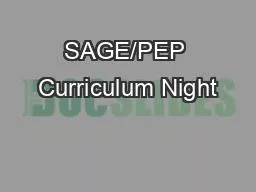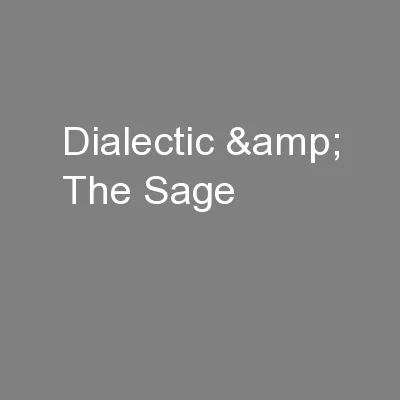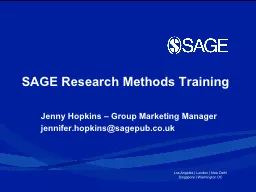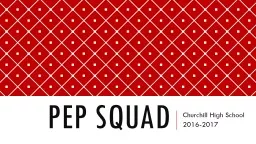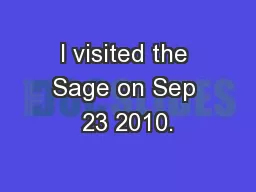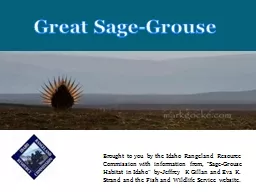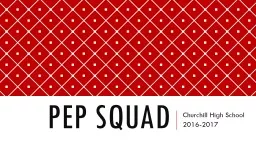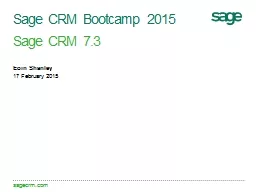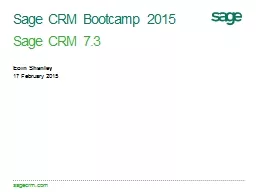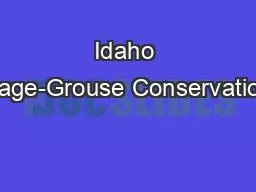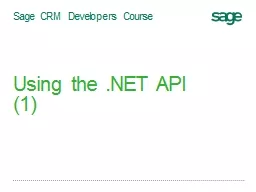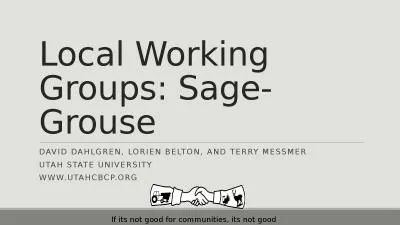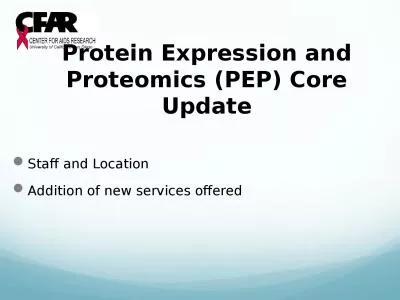PPT-SAGE/PEP Curriculum Night
Author : doggcandy | Published Date : 2020-08-03
20182019 Welcome to the SAGE curriculum night While you wait can you figure out what phrases go with each of these wordles Example side side side by side HEAD14s
Presentation Embed Code
Download Presentation
Download Presentation The PPT/PDF document "SAGE/PEP Curriculum Night" is the property of its rightful owner. Permission is granted to download and print the materials on this website for personal, non-commercial use only, and to display it on your personal computer provided you do not modify the materials and that you retain all copyright notices contained in the materials. By downloading content from our website, you accept the terms of this agreement.
SAGE/PEP Curriculum Night: Transcript
Download Rules Of Document
"SAGE/PEP Curriculum Night"The content belongs to its owner. You may download and print it for personal use, without modification, and keep all copyright notices. By downloading, you agree to these terms.
Related Documents

